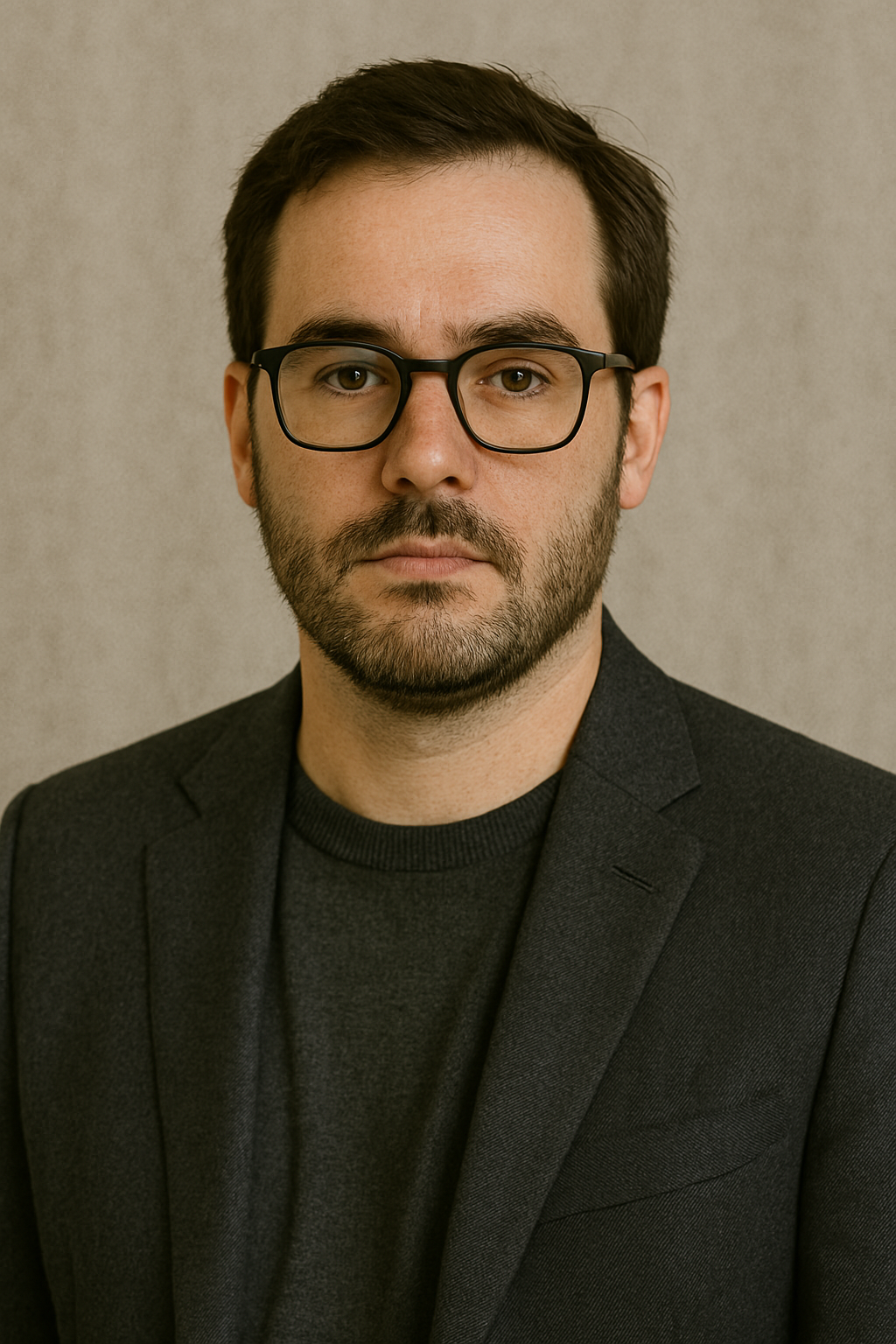STAN AND GUS: Art, Ardor, and the Friendship That Built the Gilded Age, authored by Henry Wiencek
In Edith Wharton’s novel "The House of Mirth," the allure of an elegantly designed room symbolizes both the seduction of outward luxury and the stark contrast to limited personal prospects.
This duality resonated deeply with readers during the Gilded Age in New York, a period marked by opulence and social disparity. Henry Wiencek’s "Stan and Gus: Art, Ardor, and the Friendship That Built the Gilded Age" vividly captures this tension through the intertwined lives of two pivotal figures: Stanford White, the visionary architect, and Augustus Saint-Gaudens, the eminent sculptor and occasional lover.
Stanford White (1853-1906), known for his flamboyant personality and distinctive mustache, began his career apprenticing under the influential American Romanesque revivalist Henry Hobson Richardson. He later became a founding partner of the renowned New York firm McKim, Mead & White, where his rapid creative output and bold interior designs reshaped American architecture.
White’s work uniquely blended historical styles with a distinctly American spirit. He drew inspiration from ancient Italy, evident in the Washington Square Arch; from pre-revolutionary France, showcased in an extravagant Rhode Island mansion; and from Spain’s Golden Age, expressed through the dazzling second Madison Square Garden, a grand pleasure palace illuminated with electric lights. This latter structure frames Wiencek’s narrative of decadence and cultural ambition in the era.


0 Comments
No comments yet. Be the first to comment!